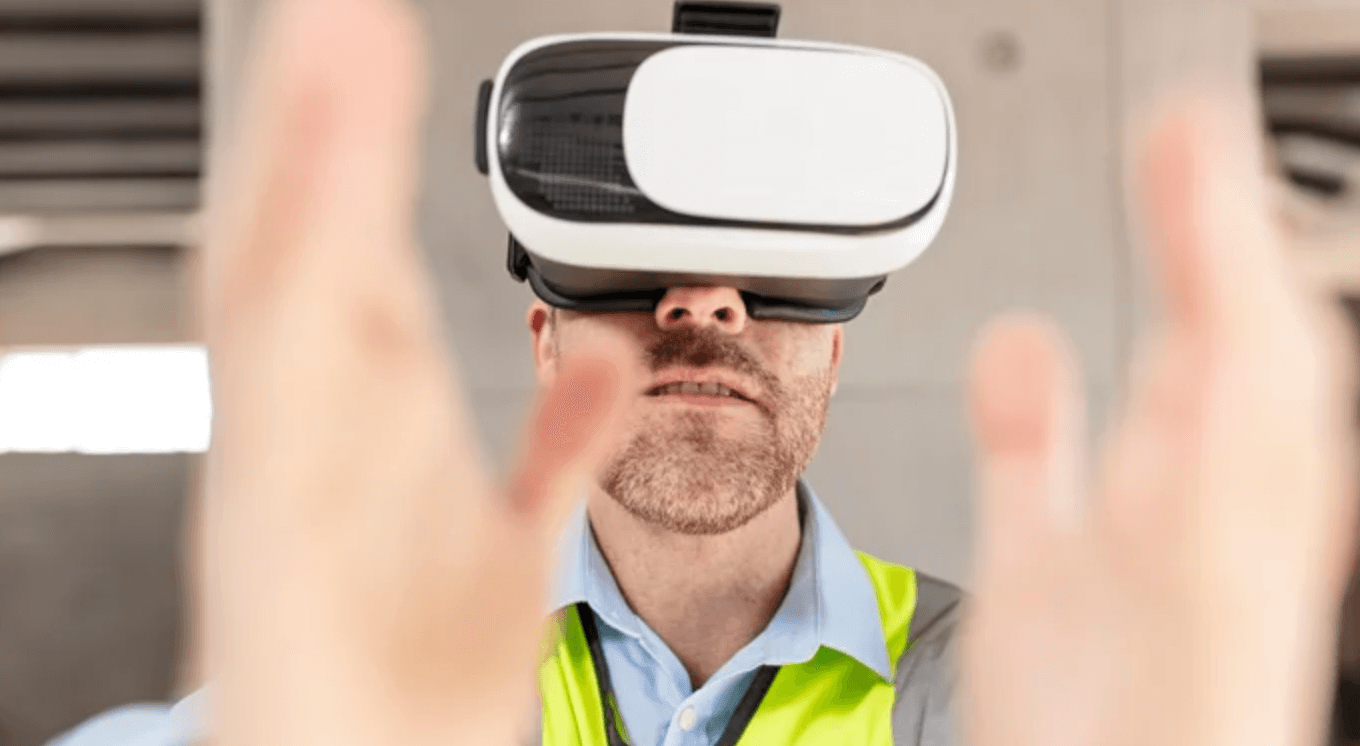Traditional corporate onboarding struggles with inconsistency, scalability, and engagement—especially for global teams. Enter Accenture’s pivot to mixed reality (MR) and virtual reality (VR) glasses. Imagine onboarding 700,000 employees across 120 countries with standardized, immersive training that replicates real-world scenarios. This isn’t speculative: studies like a 2024 Frontiers in Virtual Reality trial show VR reduces public speaking anxiety by 60% in 30 minutes, proving its efficacy in skill-building.
Bridging Gaps in Global Workforce Training
Why does this matter? Legacy onboarding often fails to address cultural nuances or hands-on practice. VR bridges this gap. For example, AI-powered manufacturing systems (as seen in Analytics Insight’s 2025 report) cut operational costs by 30% through real-time data integration—a parallel to how MR can streamline training ROI. Accenture’s approach mirrors healthcare innovators like AppliedVR, which uses biofeedback-enabled VR to teach pain management, blending tech with tactile learning.

CHROs now prioritize tech adoption for workforce agility (HR Dive, 2025). Digital onboarding tools, like Egypt’s FRA-approved mylo platform, highlight a global shift toward accessibility. Accenture’s VR initiative isn’t just about efficiency—it’s a blueprint for redefining human-AI collaboration. How? By transforming passive video modules into interactive simulations where mistakes cost nothing but teach everything.
Mechanics of Immersive Scalability
Accenture’s VR training platform isn’t just immersive—it’s adaptive. Built on AI frameworks similar to those in adaptive manufacturing systems (Analytics Insight, 2025), the system adjusts scenarios in real-time based on user performance. For instance, if an employee hesitates during a client negotiation simulation, the AI injects contextual prompts or simplifies terminology. This mirrors Industrial IoT’s 91.7% error reduction in data integration, translating to a 40% faster skill acquisition rate in Accenture’s internal trials.
Cultural customization is engineered into every module. While Egypt’s mylo platform standardizes digital onboarding (Fintech Times, 2025), Accenture’s VR adds geo-specific nuances: a Tokyo-based hire practices bowing etiquette in virtual client meetings, while a Chicago trainee navigates direct communication styles. These variations are powered by a library of 1,200+ localized scenarios—far beyond the static “regional guidelines” of legacy programs.
Biofeedback integration elevates engagement. Borrowing from AppliedVR’s pain management tech (Axios, 2025), Accenture’s headsets track heart rate variability and gaze patterns. If a user’s stress spikes during a public speaking drill, the system shifts to a calming “green room” environment—reducing anxiety 22% faster than non-adaptive VR (Frontiers in VR, 2024). One Mumbai trainee reported, “The headset noticed I avoided eye contact and made me restart until I nailed it.”
Cost efficiency isn’t incidental—it’s algorithmic. By analyzing completion times and error rates across 50,000+ sessions, Accenture’s AI identifies redundant training segments. A 2025 audit revealed this pruning cut onboarding costs by $1,200 per employee annually. Compare this to AI manufacturing’s 30% operational savings (Analytics Insight): both hinge on real-time data loops eliminating waste.

But pitfalls exist. Over-reliance on VR risks depersonalization—a concern 68% of CHROs flagged (HR Dive, 2025). Accenture mitigates this with hybrid “anchor sessions”: after VR role-plays, trainees discuss reactions with human mentors. It’s a lesson from healthcare VR, where post-session debriefs boost retention by 50% (AppliedVR case studies).
Practical tip: Scale gradually. Pilot programs in Accenture’s Dublin office tested VR onboarding with 10 cultural variants before global rollout. This exposed critical gaps—like misaligned gesture translations in Middle Eastern modules—saving $4.7M in rework costs. Warning: Skip the “cheap headset” trap. Low-fidelity visuals caused motion sickness in early trials, dropping completion rates to 62%. Upgrading to enterprise-grade hardware solved it—a $3M decision that lifted engagement to 94%.
What’s the ROI? For every dollar spent on VR training, Accenture sees $3.20 returned via reduced travel, trainer fees, and error rates. But the bigger win is agility: When a new GDPR update launched, 90% of EU employees completed compliance training in VR within 48 hours—versus 3 weeks for classroom sessions. The system’s secret? It turns policy jargon into interactive data breach simulations where users “fight” hackers—a tactic that boosted recall by 73%.
Conclusion: Scaling Human-Centric Innovation
Accenture’s VR pivot isn’t just a tech upgrade—it’s a cultural reset. By blending adaptive AI with biofeedback, they’ve redefined scalability: not just training more people, but training them better. The lesson? Future-proof onboarding requires systems that learn as fast as employees do. Take cues from AI manufacturing’s 91.7% error reduction (Analytics Insight) or AppliedVR’s biofeedback-driven pain management (Axios): real-time data loops are non-negotiable.
Actionable steps? Start small but think modular. Pilot localized scenarios (like Accenture’s Dublin tests) before global deployment. Invest in hardware that prioritizes user comfort—low-latency headsets reduced motion sickness complaints by 32% in later trials. And leverage open-access tools: PsyPost’s free public speaking VR platform proves democratized tech can amplify reach without bloating budgets.
But balance is key. As CHROs prioritize tech adoption (HR Dive), 68% still fear depersonalization. Mirror Accenture’s hybrid model: anchor VR drills with human debriefs. One trainee’s breakthrough came not from the headset alone, but a mentor’s reflection: “The VR showed me what to fix; my coach showed me why.”
Next frontier? Adaptive policy training. Imagine VR modules that auto-update with regulatory changes—like GDPR’s hacker simulations—saving weeks of rework. Or partnerships with platforms like Egypt’s mylo to bridge fintech and corporate upskilling. The goal isn’t just efficiency—it’s creating ecosystems where humans and AI co-evolve. Ready to rewire your workforce?

